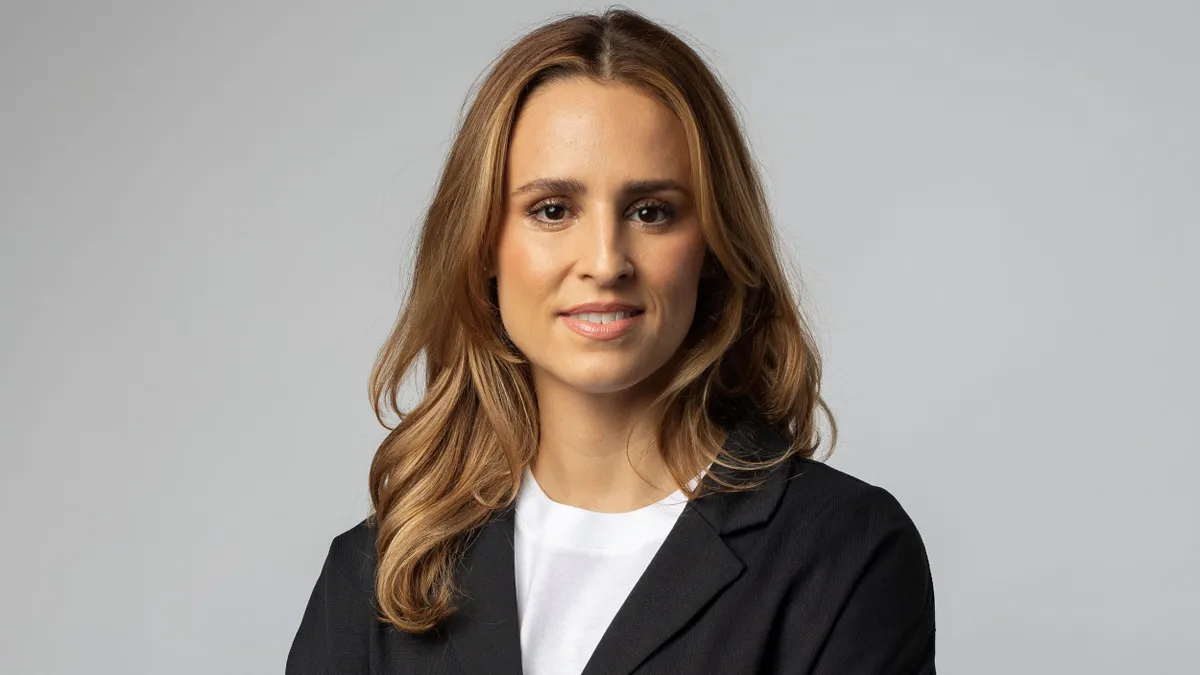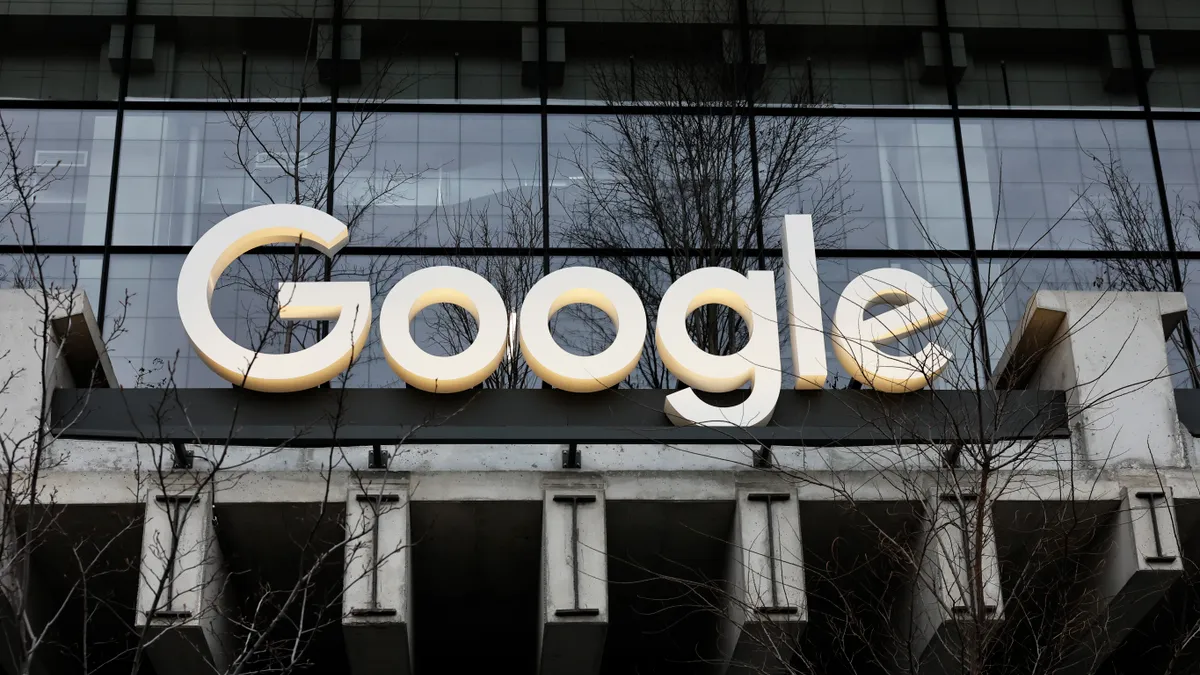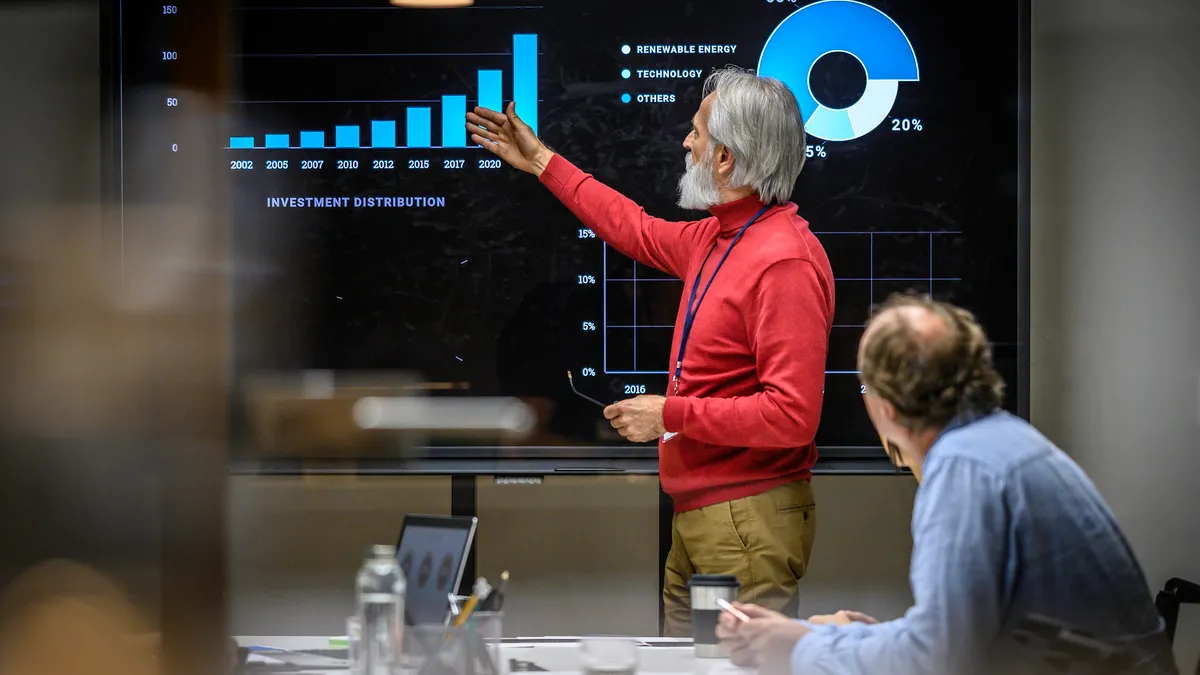Editor's note: This is the second of two parts about Johnson & Johnson's technology operations. You can find the first part about early cloud adoption and the role of the CIO here.
In technology, there is a delicate balance of when to adopt cutting-edge offerings and when to lay in wait, cautiously optimistic about capabilities but hesitant to waste resources.
Chief information officers are key in the enterprise to understanding where technology fits, advising where to trial emerging technologies. Successful CIOs balance modernizing the technology core with working on moonshots to drive future business. They also know when to tap a vendor or build an offering internally.
Though advanced in its technical capabilities, Johnson & Johnson has weighed the merits of build vs. buy, particularly when it comes technologies like artificial intelligence.
Rather than creating a holistic platform, J&J has seen real success in combining state-of-the-art machine learning capabilities with domain expertise.
"You cannot substitute the scientific and clinical expertise," said Stuart McGuigan, chief information officer at J&J, in an interview with CIO Dive. "The system can't be smart enough to figure out what's important and what's not."
Combining domain expertise — that of humans and machines — experts can apply deep learning methods to identify subtle patterns or counterintuitive results.
AI's healthcare potential
AI and ML have the potential to make waves across industries, and the potential for personalization in healthcare is propelling adoption.
Vendors are increasing the scale and adoption of AI tools in healthcare, allowing professionals to draw on machine-based insights in real time. Google is working to scale DeepMind's Streams, a mobile app AI assistant for doctors and nurses. And Microsoft is promoting the abilities of cloud to boost the role of AI in healthcare research and product development.
J&J wants to apply advanced technologies to healthcare to understand individual treatments instead of patient subsets. Drawing in enough data beyond key biometrics or biologics, while understanding how an individual operates as a person can reshape treatments plans.
The goal is "to be able to tailor very person-centric treatment plans that incorporate all the things about you, not just that you're a diabetic, not just that you have sore knees, not just that you might need to manage your weight," McGuigan said. "All those things come together in a person but the healthcare system is used to treating those as separate."
Personalization has particular applications with noncompliance in treatment plans, where individuals may not finish an antibiotic prescription or fail to take medication twice a day as prescribed.
Noncompliance is a huge opportunity cost to the healthcare systems, McGuigan said. But if they get to scale personalized and specific interaction with a patient, there is an opportunity to solve individual group noncompliance.
"That's where this scale of AI, the scale of having massive amounts of data meets behavioral science and clinical understanding." McGuigan said. "That's the future for us."
More than a CIO
Impacting individual patient treatment plans is not in the job description of the standard CIO. But McGuigan works in an environment where the IT function is considered more than just plumbing and he sees technology as transformational.
That investment means the J&J's technology organization has the opportunity to get the basics right, serving as a foundation for more advanced technologies.
Strategically, "we have more of a fundamental culture of decentralized decision-making than your average centralized life sciences company," McGuigan said. "The ability to try new businesses. Scale them up. When they mature, sell them. If they didn't work, divest, move on and continually either develop new products or acquire new companies."
With a robust technology stack, J&J has the opportunity to trial technology innovations and scale if projects prove successful.
For example, J&J modeled the supply chain process for creating Acuvue contact lenses end-to-end. It took 10 to 11 weeks to get the data in the right format, then J&J modeled the flow of data.
Using the Theory of Constraints to understand the most important "limiting factor," J&J found it could relax inventory constraints in distribution, McGuigan said. This allowed the company to configure its manufacturing processes differently.
"The first time we did that, we avoided a $50 million capital improvement [in] manufacturing," he said.
With a successful use case, J&J is extending the modeling across every other area of business to drive savings and streamline manufacturing processes.
When it comes to finding applications of advanced technologies, "You have your innovators — they're the ones who are going to try everything no matter what, you don't even have to talk to them," McGuigan said.
Then there are the early adopters who start to think practically. In a business, "if you get to those people first and inform them about what's going on, they start the cascade of innovation through later adopters and eventually you get through the whole adopter sequence."























